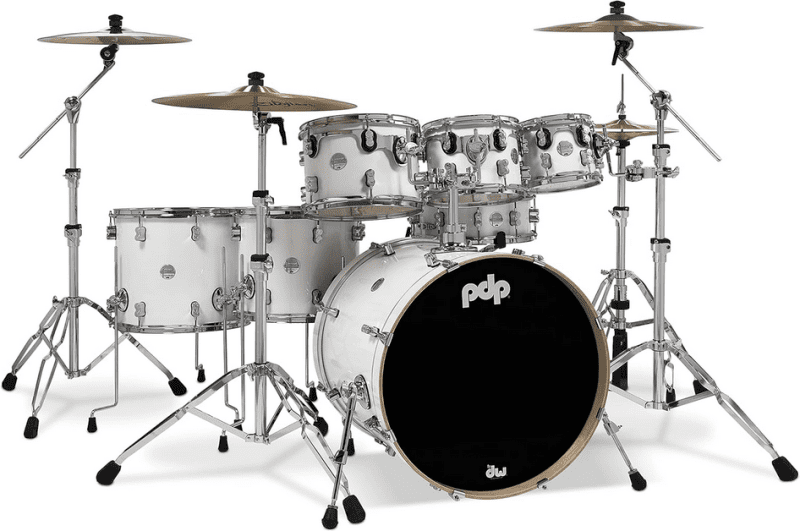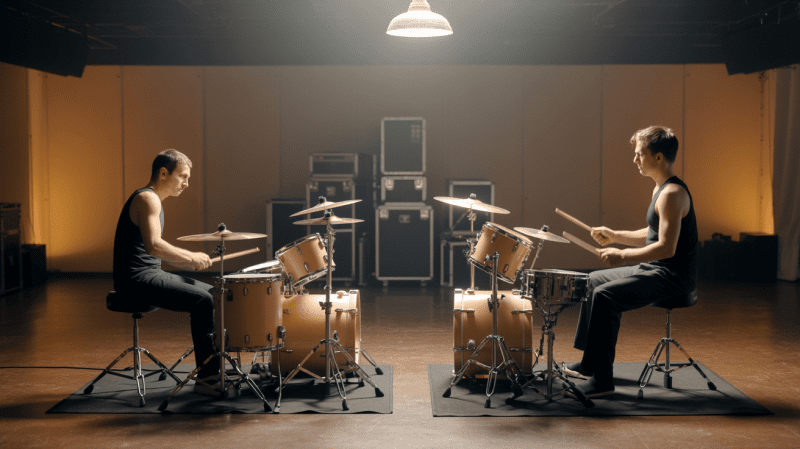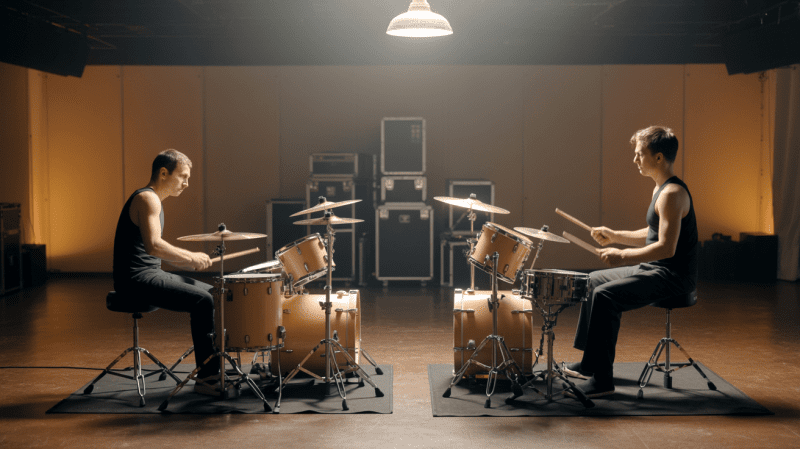The classification of the piano has long been a topic of debate among musicians and music enthusiasts. At its core, the question revolves around the instrument's sound production mechanism.
The piano contains elements of both percussion and string instruments, making it challenging to categorize. When a key is pressed, a hammer strikes a string, producing sound.

This dual nature has sparked discussions about the instrument's classification. Understanding the basic definitions of percussion and string instruments can provide insight into the piano's unique position.
The Unique Design of the Piano
The piano's unique sound production is rooted in its complex design. This complexity is what allows the piano to produce such a wide range of tones and dynamics.
Anatomy of a Piano
The piano's anatomy is intricate, comprising several key components that work together to produce sound. At its core, the piano is made up of strings, hammers, and keys, all connected through an action mechanism.
The String System
The string system is fundamental to the piano's sound. Thousands of pounds of tension are applied to the strings, which are made of high-carbon steel or copper-wound steel, to produce the desired pitch and tone.
The Hammer Mechanism
The hammer mechanism is another crucial component. When a key is pressed, it triggers a hammer to strike the corresponding string, producing sound. The hammers are typically made of felt, which is designed to provide a clear, resonant tone.
How Sound is Produced
The process of sound production in a piano involves a precise mechanical sequence. When a pianist presses a key, the energy is transferred through the action mechanism to the hammer, which then strikes the string.
The Role of Keys and Hammers
The keys and hammers work together to initiate sound production. As "the action mechanism is the engine behind the piano's ability to produce sound", the interaction between these components is vital.
String Vibration and Resonance
When a string is struck, it vibrates, and these vibrations are amplified by the piano's soundboard, creating the rich, full sound characteristic of the instrument. The vibration and resonance are influenced by factors like string tension, length, and thickness.

Is the Piano a Percussion or a Stringed Instrument?
The piano's dual nature sparks debate over its classification as a stringed or percussion instrument. This discussion arises from the piano's unique mechanism of sound production, which involves both strings and a striking action.
The Case for a Stringed Instrument
The piano can be considered a stringed instrument due to its sound production mechanism. The sound is ultimately produced by the vibration of strings.
String-Based Sound Production
The piano contains a harp of strings that vibrate to produce sound when struck by hammers. This is similar to other stringed instruments where the vibration of strings is the source of sound.
Similarities to Other String Instruments
Like violins and guitars, the piano's sound is generated by the vibration of its strings. Although the method of activating these strings differs, the fundamental principle remains the same.
The Case for a Percussion Instrument
On the other hand, the piano can also be viewed as a percussion instrument due to its striking action. The sound is initiated by hammers striking the strings, a characteristic shared with percussion instruments.
The Striking Action
The mechanism inside the piano involves hammers covered in felt that strike the strings when keys are pressed. This action is akin to striking a drum or other percussion instruments.
Rhythmic and Percussive Qualities
The piano is capable of producing sharp attacks and dynamic contrasts, similar to percussion instruments. This allows pianists to exploit the instrument's percussive nature, particularly in genres like jazz and ragtime.
Classification Systems and Expert Opinions
Understanding how the piano is categorized involves examining various classification systems and expert opinions. The piano, being a complex instrument, has been subject to different interpretations regarding its classification.
Traditional Instrument Categories
The traditional classification system groups musical instruments into three main families: strings, woodwinds, and percussion. Within this framework, the piano is often considered a hybrid instrument.
The Three-Family Classification
This system categorizes instruments based on their sound production mechanisms. The piano is unique because it produces sound through both strings and percussion mechanisms.
Where Pianos Fit
In traditional categories, pianos are often associated with both string and percussion families due to their dual sound production characteristics.
The Hornbostel-Sachs System
The Hornbostel-Sachs system provides a more nuanced classification, dividing instruments into more specific categories based on their sound production characteristics.
Percussive Chordophones
In this system, the piano is classified as a percussive chordophone, highlighting its dual nature of having strings that are struck by hammers.
Modern Classification Approaches
Modern musicology continues to evolve the classification of instruments, considering the piano's versatility and its role in various musical contexts.
| Classification System | Piano Classification | Key Characteristics |
|---|---|---|
| Traditional | Hybrid (String/Percussion) | Sound produced by strings struck by hammers |
| Hornbostel-Sachs | Percussive Chordophone | Strings are struck, combining elements of percussion and string instruments |
What Musicians and Musicologists Say
Renowned pianists often emphasize the nuanced control they have over both the strings and percussive elements of the piano. Composers like Beethoven have exploited the piano's dual identity in their works.
Performer Perspectives
Pianists conceptualize the instrument differently based on the style of music they are performing, sometimes focusing on its percussive qualities and other times on its lyrical capabilities.
Academic Viewpoints
Musicologists study the piano's place in instrument taxonomy, considering its historical development and role in various musical genres.
Conclusion: Embracing the Piano's Dual Nature
Embracing the piano's dual nature is key to understanding its expressive power. The piano's classification as both a string and percussion instrument allows it to bridge different musical traditions and styles, making it a versatile instrument in various genres.
The piano's unique ability to produce sound through hammers striking strings when keys are pressed connects it to both the string and percussion families. This dual identity has contributed to the piano's enduring popularity and central role in Western music for over three centuries.
Understanding the piano's classification can enhance appreciation for the instrument and inform approaches to playing and teaching it. For instance, recognizing the piano's percussive elements can improve a musician's technique, especially in genres like jazz and rock. Similarly, acknowledging its string characteristics can deepen a player's connection to classical music traditions.
By embracing the piano's hybrid nature, musicians and music lovers can unlock its full expressive potential. This understanding can also benefit students taking piano lessons, as it allows them to appreciate the instrument's complexities and nuances.
FAQ
Q: What family of instruments does the piano belong to?
A: The piano is considered part of both the string and percussion families due to its unique mechanism of producing sound through strings struck by hammers.
Q: How does the piano produce sound?
A: Sound is produced when a key is pressed, triggering a hammer to strike a string, causing it to vibrate and produce a musical note.
Q: Why is the piano classified differently by various systems?
A: Different classification systems, such as the Hornbostel-Sachs System, categorize the piano differently based on their criteria, with some considering it a string instrument and others a percussion instrument.
Q: What do musicians and musicologists say about the piano's classification?
A: Many musicians and musicologists acknowledge the piano's dual nature, recognizing it as an instrument that combines elements of both string and percussion instruments.
Q: Can the piano be used in different musical genres?
A: Yes, the piano is a versatile musical instrument used in a wide range of genres, from classical to jazz and popular music, due to its ability to produce a broad range of dynamics and tonal colors.
Q: Are there different types of pianos?
A: Yes, there are various types of pianos, including grand pianos, upright pianos, and digital pianos, each with its unique characteristics and uses.




